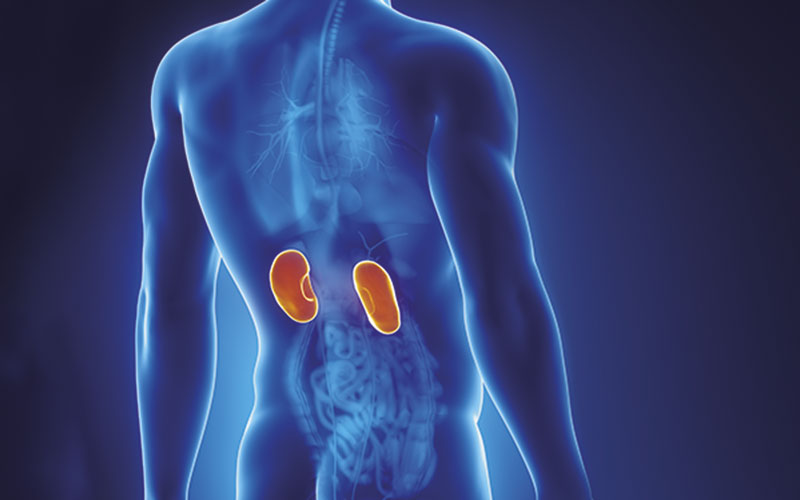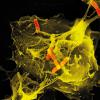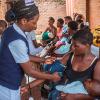Shahid Nazir Muhammad, Academic and Chartered Scientist, and Claire Corps, Research and Clinical Scientist, give an overview of how kidney transplants in paediatrics can survive with immunosuppression therapy.

Biomedical scientists, immunologists and clinical scientists tend to collaborate best when there is a consensus in investigation of renal transplantation among paediatric patients. Collaborations are also successful when there is determination to ensure safe efficacy of immunosuppression therapy with reduced side effects.
To identify “best” possible transplantation and match for paediatric sufferers, and to allow prolonged renal function, serology laboratories focus on crossmatching, and panelling techniques organised in laboratories. The important investigations for possible match include lymphocytotoxic tests and mixed lymphocytotoxic culture tests, and both are forms of tissue typing. A clone match can’t be established unless the paediatric recipient is a twin, when isografts allow survival of kidney transplants 10–20 years post-transplantation easily.
Donors such as “live” (from living relative) and cadaveric (recipient receives donor from someone who is pronounced as “brain stem dead”) have also been retrospectively appropriate. The major histocompatibility complex (MHC) and human leukocyte antigen (HLA) characteristics are not identical, except in live donors, where there is a greater match complex.
Cadaveric transplants show greatest risk of rejection, but can be a decent match if carefully selected for post-transplantation. A sibling-to-sibling donor, where HLA complement is similar, should have seven or more years’ survival. With greater differences of MHC complex and HLA characteristics between paediatric patients, the chance of a prolonged functioning kidney transplant survival is reduced. Rejection of transplants occurs mainly through cytotoxic T-cell effects. Immunosuppression and the probable nephrotoxic side effects also cause challenges. T-cells aid in detection of antigens and destruction of renal grafts, and T-helper cells aid in appropriate recognition of complexes. Thus, there will always be some form of rejection.
Please click here to read the full article.
Image credit | Shutterstock




